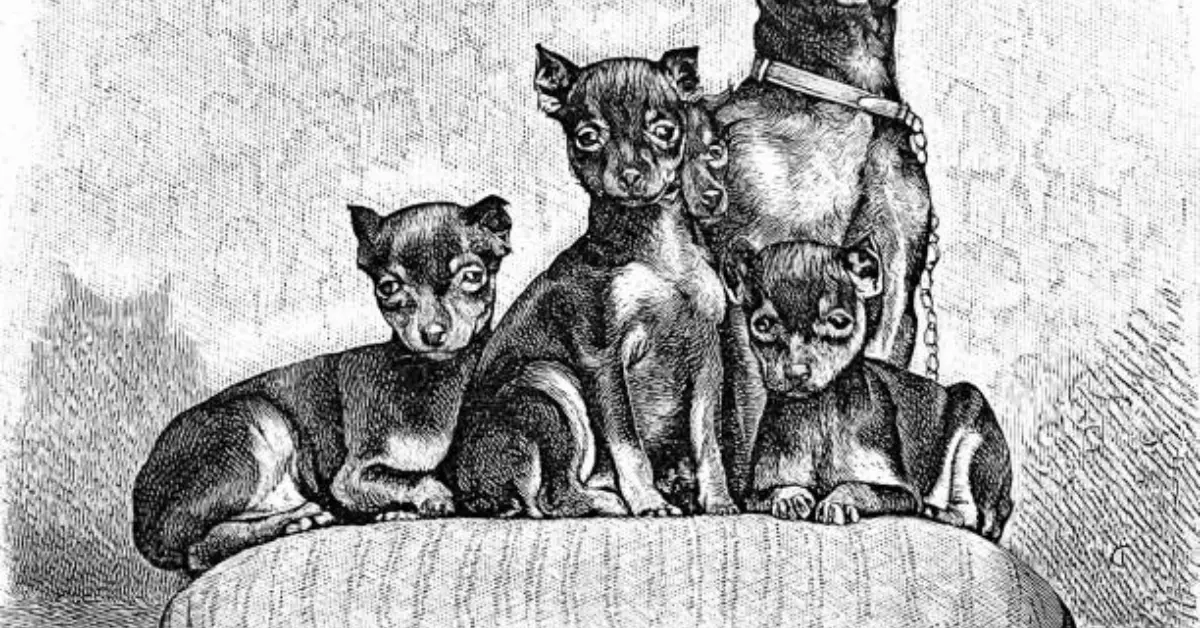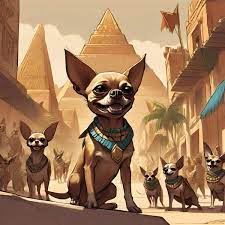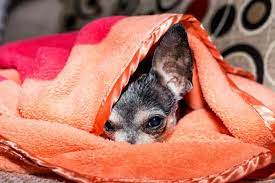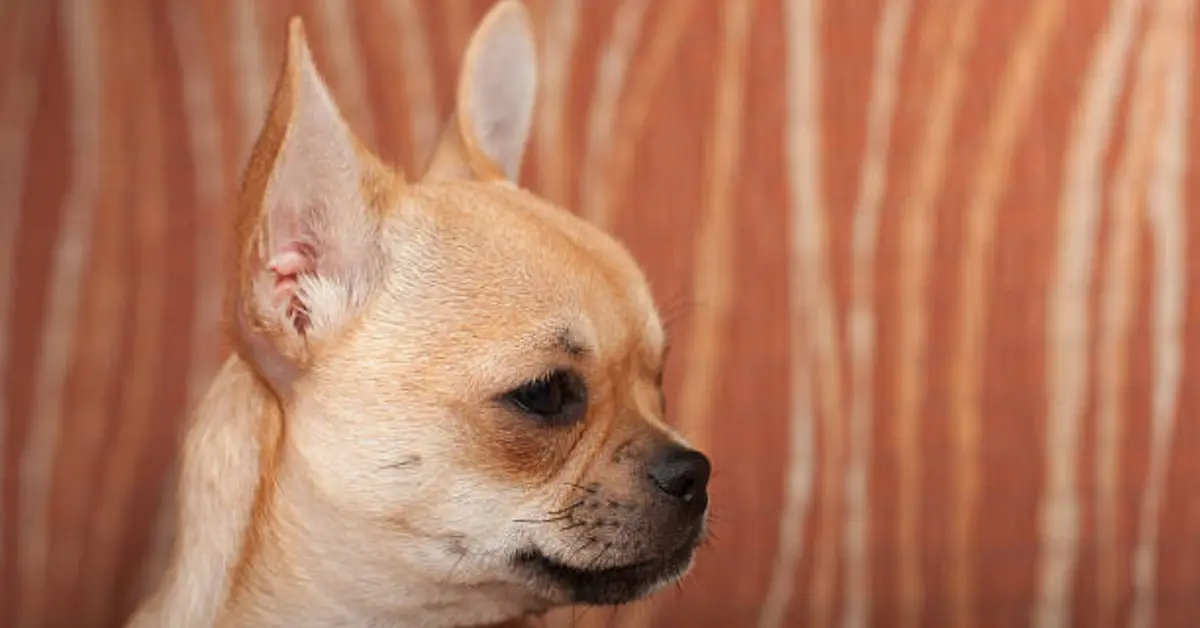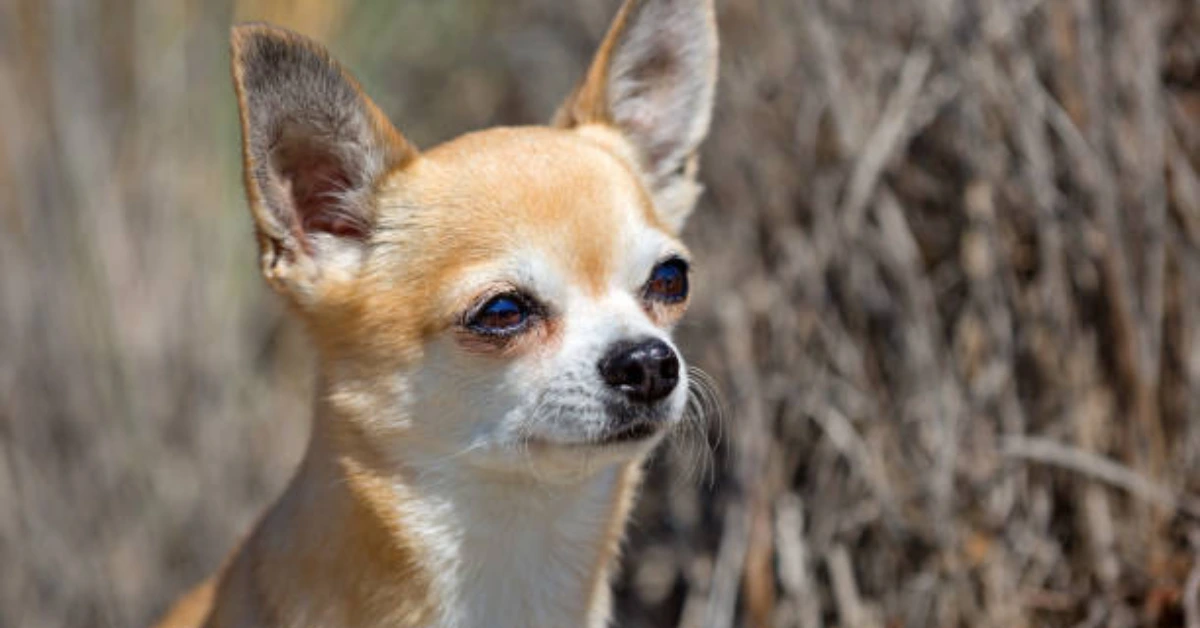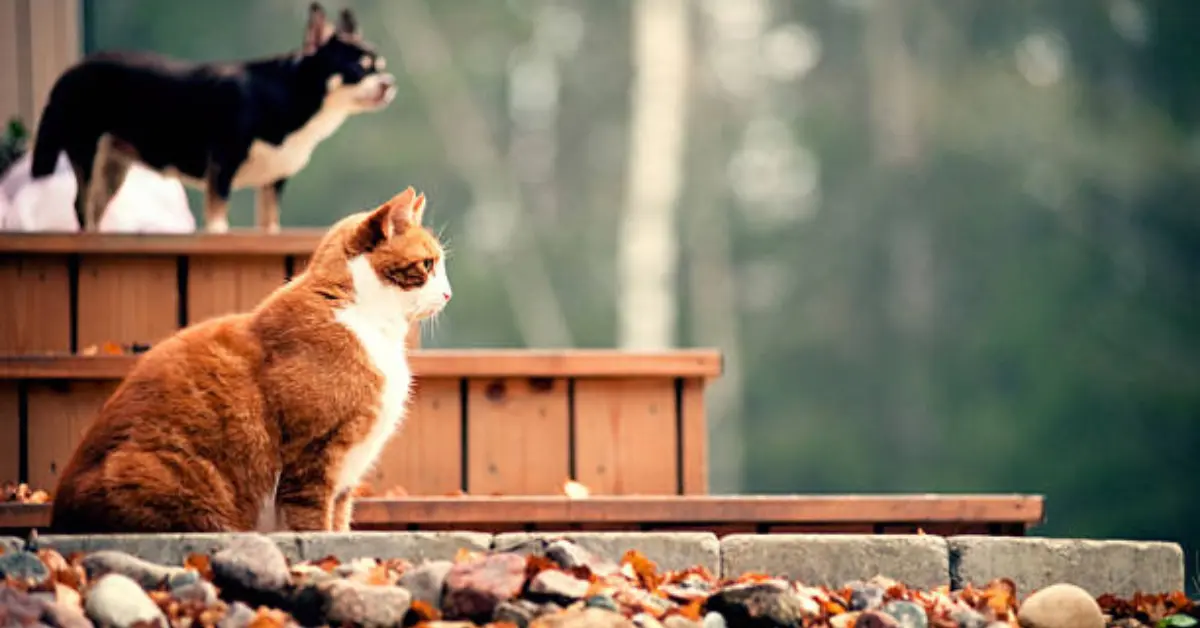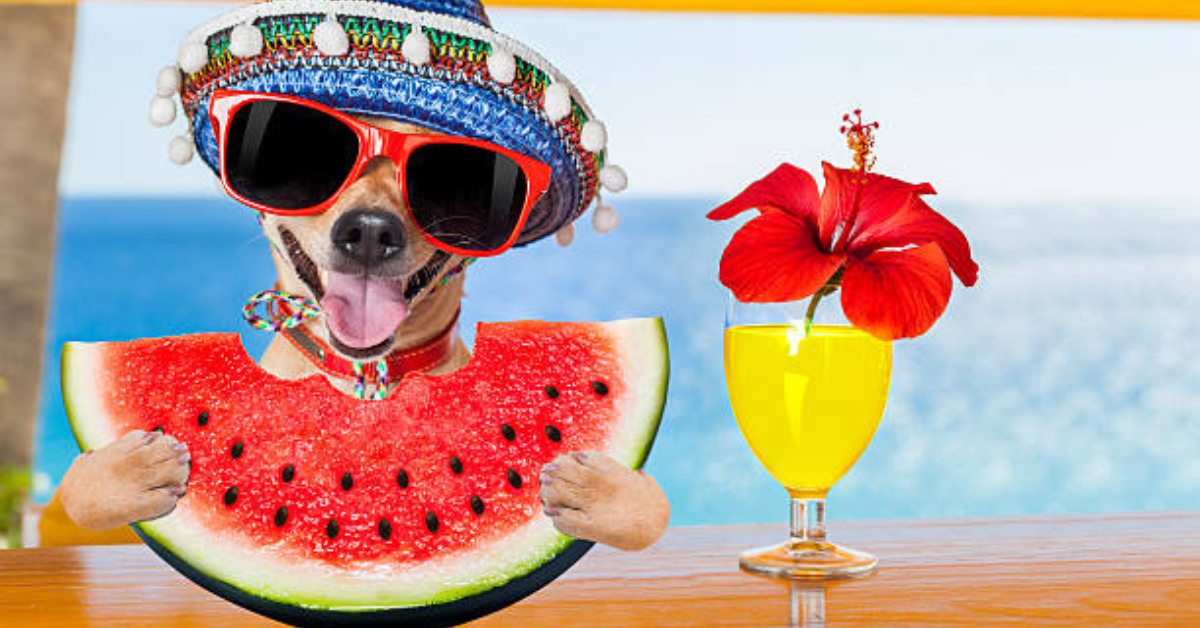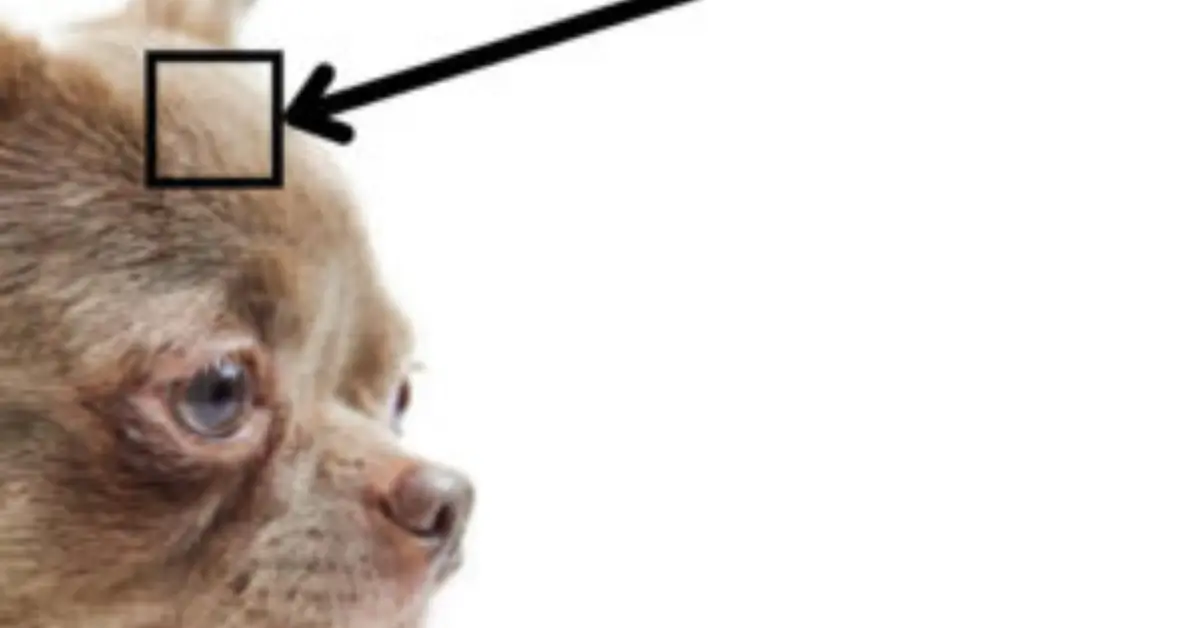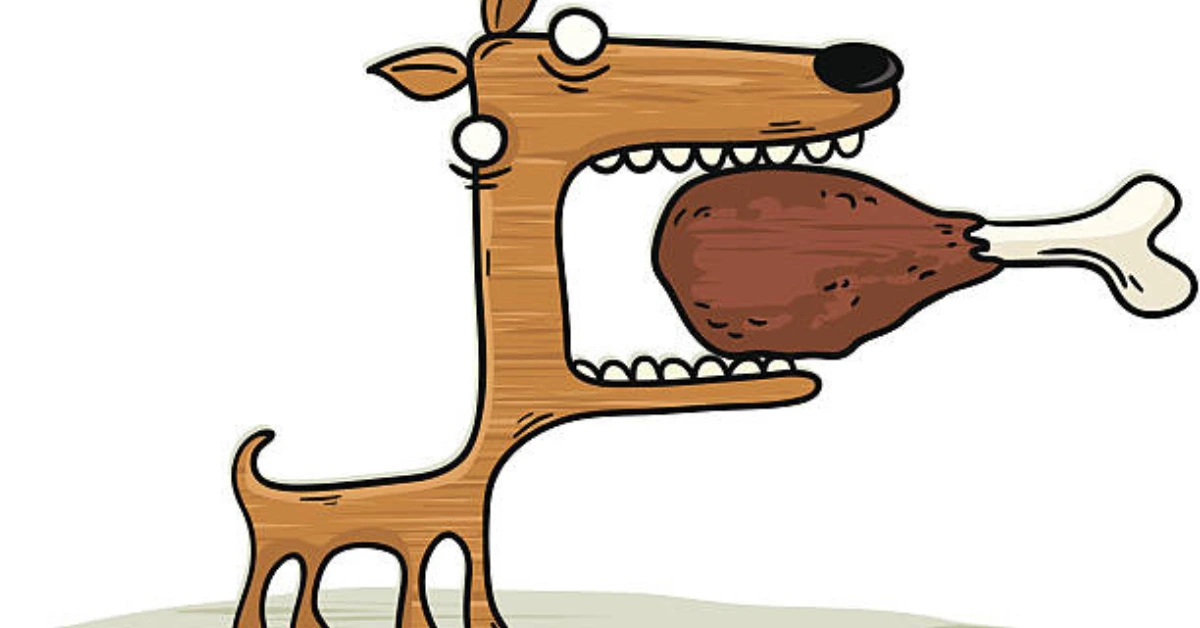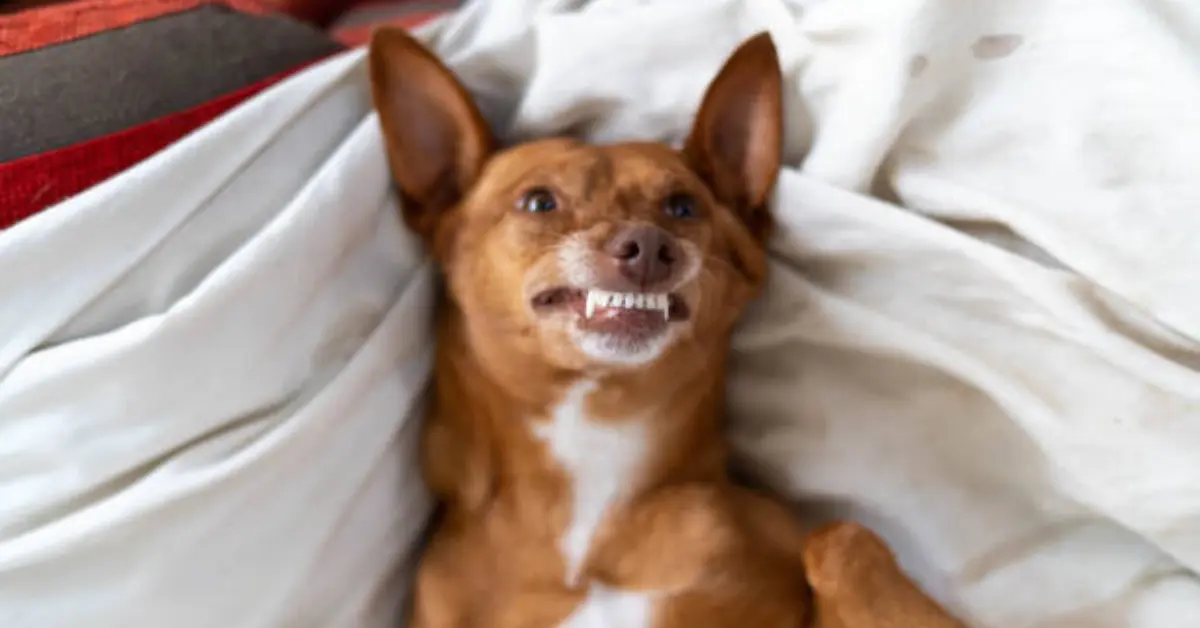There are a lot of people who love Chihuahuas as lap dogs these days. They are small, but their personalities are big and wonderful. The Chihuahua comes from an old dog breed called the Techichi. Techichi was used for many things by the original people and at different times. What did they think was right about making a new dog from this one? What were Chihuahuas first bred for? And why chihuahuas exist these days? That’s why we’re here. To better understand why people choose this cute but small breed of dog, let’s take a close look at all the things it can do.
What Were Chihuahuas Bred For In The Past
It is thought that Chihuahuas are the ancestors of the Techichi, which were holy Toltec dogs used as sacrifices. The ancient Aztecs and Toltecs also thought that these dogs led the dead to the underground. Techichi dogs were often buried with family members who had died.
But why were chihuahuas bred in the first place if Techichi dogs were better at what they did? Over the years, the following ideas have been put forward:
Advertisement
Ancient Peope Breed Chihuahuas For Food
In the past, Chihuahuas were often raised for food. They were often stewed or baked in Mexico, and the meat was thought to be very tasty.
Eating Chihuahuas isn’t done very often anymore, but it does happen sometimes in some parts of the world. Chihuahua meat is sometimes used in traditional Chinese therapy, for example.
The good news is that Chihuahuas are now only kept as pets. They are no longer used as food.
They Were Breed For Sacrifices
Long ago, Chihuahuas were bred to be dogs used as sacrifices. People used to think that Chihuahuas had magical blood and that they had special abilities. Because of this, People used to kill chihuahuas often as sacrifices in religious rituals.
The practice of killing Chihuahuas stopped over time, but the breed is still linked to magic and mystery. A lot of people still have Chihuahuas as pets, and their small size makes them great for apartments and other small places. However, many people think they are bad luck.
People Used To Breed Them As Companions
In the early days of Mexico, people who had dogs were more interested in working with them than in breeding them.
Around 500 AD, King Montezuma passed laws that set the rules for Chihuahua’s dog companionship laws. These laws said that all newly bred animals had to be tested by doctors and have papers showing healthy traits like size or breed type before they could be sold in markets.
As late as the 1500s, when people were living in colonies, there wasn’t much effort put into creating specific breeds. Instead, people just took whatever animals they could find on the street.
People Used To believe that Chihuahuas could cure Some diseases such as Asthma
A second popular opinion about Chihuahuas is that they can help people with asthma. This might be a big reason why a lot of people bought and bred them early on.
People thought that if the child slept next to the Chihuahua, the sickness would spread to the dog and the child would no longer have asthma.
Some people think that the disease has been passed on to their chihuahuas because they sometimes make coughing sounds. It turns out this wasn’t true, since Chihuahuas often have breathing problems anyway.
Reasons Why People Breed Chihuahuas Nowadays
As people have learned more about what the Chihuahua and other dog breeds can do, the list of reasons to breed them has grown to include a wider range of jobs. A lot of people love Chihuahuas, and not just because they’re cute and small. They also love what they can do.
Chihuahuas are very good at hunting
Chihuahuas are small dogs, but they can protect themselves if they need to. Even though they aren’t very hostile, they are still protective and follow many of their natural habits. Chihuahuas have the ability to catch mice, which is how they got their name.
This isn’t the main reason people breed Chihuahuas, though. It’s just a useful side result of their natural instincts and personality. Chihuahuas aren’t usually here to hunt mice these days, but in the past, they were known to do so, especially in the big homes of the wealthy people who owned them.
They Are The Best Companions
Owners need chihuahuas for both bad and good things. They often used to keep them as pets. This is because they’ve always been cute and loving dogs. They also make great apartment dogs for people who find it hard to handle bigger dogs in small areas. Also, they are great for disabled and old people.
Also, they make great family dogs and will happily play or sit with kids. Another reason Chihuahuas make great pets is that they offer mental support as well as comfort and peace. They can also be the best furry friends for people with serious mental illnesses.
They Are Great Watch Dogs
Third, and this is a surprise, Chihuahuas are here because they make good watchdogs, though not great guard dogs. Even though they are small and weak, they are not afraid to bark and let their owner know when they see something that doesn’t seem right. Also, they are wary of strangers and will let you know if someone new is around.
They Are Low Maintenance
People also breed Chihuahuas because they are easy to take care of. Their needs aren’t very high, and owners can leave them alone for long amounts of time. They are great for people who don’t have much time to care for their dogs because of this.
Even though chihuahuas don’t need much care, it’s important to remember that they still need to run around. At least once a day, you should walk them and let them play. If you don’t, they might feel bored and do something bad.
Last Word
What the Toltecs thought when they bred the tiny Chihuahua we will never know, but we do know that this breed has a long and interesting past. These days, Chihuahuas are loyal and loving pets that are great for people who live in cities or want a small but Brave dog.
YOU MA ALSO LIKE:
Urban Legends & Myths about Chihuahuas
Advertisement

